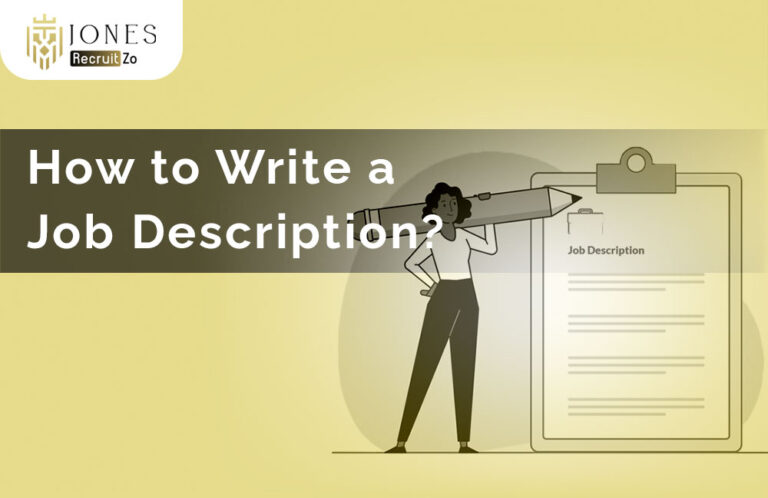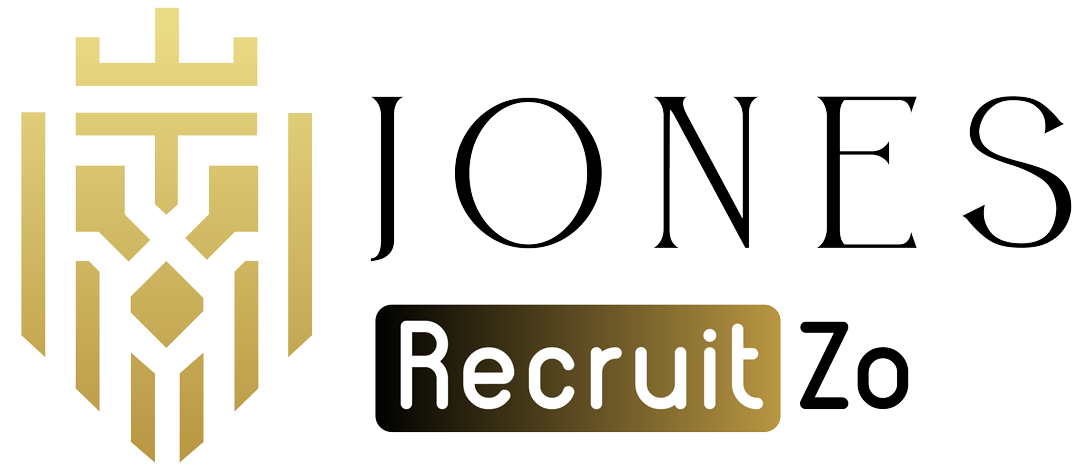What is a Job Description?
The job description is a document that states key responsibilities, qualifications, and expectations for a certain position within an organisation. This is also a communication tool between employers and job seekers to understand what the job entails.
In HRM, a job description assists the organisation in performance management, career development, and fulfilment of labour laws. Well-defined job descriptions attract right candidates, help evaluate employee performance, and align organisation goals to that of the business.
How to Write a Job Description

Creating a job description requires clarity and precision to ensure that candidates fully understand the role. Below are the key steps involved in crafting an effective job description.
-
Use a clear job title
A job title should be specific and accurately indicate the nature of the job. It should also correspond to industrial parameters so that potential candidates understand it. Titles that are vague or too creative can add confusion and consequently reduce the number of suitable candidates. A simple title enhances the chances of visibility in job search.
-
Write a Compelling Job Summary
The job summary should give a brief but interesting overview of the role. It ought to specify the purpose of the position and how this helps in the success of the organisation. A well-designed summary is a good introduction for the job description, arousing the interest of potential candidates.
-
Outline Key Roles and Responsibilities
It is only a clear designation of the major jobs that aids the candidates to know what is expected of them. This area, therefore, must be put very concisely but very comprehensively, with all focus placed upon the most important of the functions. Don’t specify too much; otherwise, an excess of duties may deter applicants from proceeding.
-
Specify Required Qualifications and Skills
It is important for candidates to know about the minimum qualifications required for the job. In this section, educational qualifications, experience related to the job, technical qualifications, and any additional skills that the employer thinks are necessary for successful performance should be included. Employers should also state which requirements are essential and which are preferred, thus avoiding confusion.
-
Write company overview
An overview gives candidates an insight into the culture, values, and mission of the organisation. Mentioning the work environment, growth opportunities, and achievements of the company makes this position all the more enticing. It allows job seekers to assess their personality against the company philosophy.
-
Include Compensation and Benefits
Salary, bonuses, and benefits will improve transparency and attract the right candidates. Considerable candidate appeal may lie in a few perks or employee benefits, such as health insurance, paid time off, and professional development opportunities. While some companies choose not to disclose salary particulars, giving a loose range is good practice.
-
Add a Strong Call to action
Motivational calls to action to encourage candidates to apply. Employers should clarify how to apply (e.g. by sending a resume or filling in an online form). This engages job seekers with motivating and clear language to go on with the action right away.
Mistakes to avoid when writing job descriptions

Even well-written job descriptions can be ineffective if certain common mistakes are not addressed. Here are a few pitfalls to avoid
-
Overloading with Responsibilities
Listing too many tasks might discourage qualified candidates and overwhelm them by the way one would picture the role to be quite demanding. Though important the same, responsibilities are supposed to be named up to the point of highlighting significant rather than trying to confide every minor detail.
-
Unrealistic Expectations
Unrealistic expectations may mean less number of shortlisted candidates as well as repel competent people from applying. If excessive experience or attainable skills for any position are given, it might get difficult to fill that position. Job descriptions, according to employers, should be realistic and not exaggerate what is needed-for-getting a deserving candidate.
-
Ignoring the Candidate Experience
A job description should be straight and therefore easy to read, despite being informative. However, complicated language or badly structured content may suffice to put off would-be applicants from wanting to investigate further. The structuring and understanding smoothness of the description holds greatly to candidate experience.
-
Failing to Update the job description
What a job might supposed, may change over time, and things like old job descriptions might bring some false hopes to applicants. It is good to keep reviewing job descriptions for periodic change, so there is a closer indication of today’s expectations-and-needs from the company and of things standardised in the industry.
FAQs
1) How to write a clear job description?
A job description should be structured and have a precise title, catchy one-line summary, and distinct responsibilities. One must quote qualifications and skills needed and use simple language. Adding details of the organisation, remuneration, and good call-to-action really help a job ad.
2) How do you write a job title?
A job title should be short, credible for the industry, and accurately descriptive of the job at hand. It should steer clear of any teasing words or vague phrases that would confuse potential candidates. Using industry-standard job titles makes the posting more searchable and attracts suitable candidates.
3) What are the components of a job description?
A job description has a fine title, summary, key responsibilities, and required qualifications, a company profile, compensation, and call to action. Each of these assists the applicants in getting a feel of what do they expect and also what will they avail once they take that role.
4) What is a Job Description?
A job description is an official paper that is the agreement defining the duties, qualifications, and expectations for a particular job function. It guides both employers and job seekers in the recruitment process and ensures transparent evaluation of an employee’s performance against the job description.







